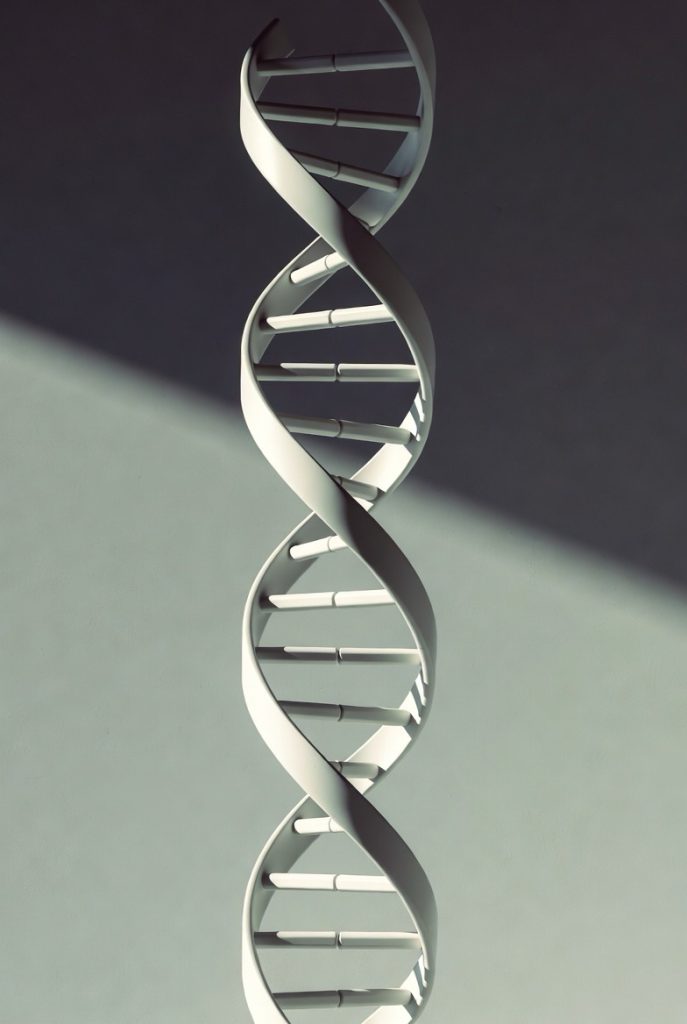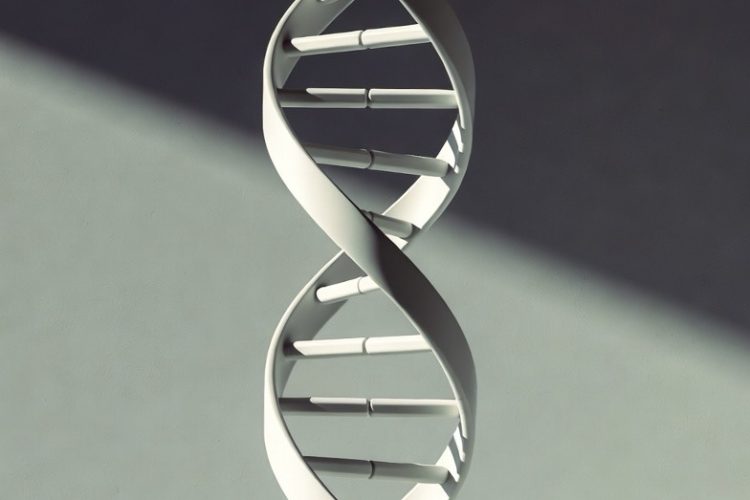James Watson (1928–2025), American molecular biologist, co-discovered DNA’s double helix structure with Francis Crick in 1953 using X-ray data from Rosalind Franklin and Maurice Wilkins. They won the 1962 Nobel Prize in Medicine. Watson led Cold Spring Harbor Laboratory, directed the Human Genome Project (1988–1992), and wrote bestsellers like The Double Helix. His later career was marred by controversial claims linking race, intelligence, and genetics, leading to his 2007 resignation and 2019 title revocation. He sold his Nobel medal in 2014; it was returned. Watson died at 97. His work revolutionized genetics, enabling modern DNA testing and gene editing despite ethical debates.
Long Version
James Dewey Watson (April 6, 1928 – November 6, 2025) was an American molecular biologist, geneticist, and biophysicist renowned as a pioneer in the field of genetics. He co-discovered the double helix structure of DNA with Francis Crick in 1953, a breakthrough that revolutionized molecular biology and our understanding of heredity, nucleic acids, and DNA replication. This discovery, which elucidated the structure of deoxyribonucleic acid (DNA), earned Watson, Crick, and Maurice Wilkins the 1962 Nobel Prize in Physiology or Medicine for their work on the molecular structure of nucleic acids and its significance for information transfer in living material. Watson’s career spanned decades, encompassing roles as a scientist, educator, and administrator, but it was also marred by controversy, including racist remarks on race and intelligence, advocacy for eugenics, and disputes over credit in scientific discoveries. His legacy as a transformative figure in genetics is intertwined with these ethical debates, making him both a celebrated innovator and a polarizing personality in the scientific community.
Early Life and Education
Born in Chicago, Illinois, to Jean Mitchell and James D. Watson, a businessman of colonial English descent, Watson grew up in a modestly religious household—his mother Catholic and his father an Episcopalian who had abandoned faith in God. Watson himself escaped organized religion early, prioritizing scientific inquiry by age 11. Raised on Chicago’s South Side, he attended public schools like Horace Mann Elementary and South Shore High School, where his fascination with bird watching, shared with his father, initially steered him toward ornithology. A precocious child, he appeared on the radio show Quiz Kids and enrolled at the University of Chicago at 15 on a tuition scholarship, influenced by the institution’s progressive policies under President Robert Hutchins. There, professors like psychologist Louis Leon Thurstone introduced him to concepts such as factor analysis, which later informed his controversial views on intelligence.
In 1946, Watson’s trajectory shifted after reading Erwin Schrödinger’s influential book What is Life?, which bridged physics and biology, inspiring him to pursue genetics over ornithology. He earned a Bachelor of Science in zoology from the University of Chicago in 1947 and moved to Indiana University Bloomington for his doctorate, drawn to Hermann Joseph Muller’s work on heredity. Under the supervision of Salvador Luria, Watson completed his PhD in 1950 with a thesis on “The Biological Properties of X-Ray Inactivated Bacteriophage.” A postdoctoral year followed at the University of Copenhagen with biochemist Herman Kalckar and microbiologist Ole Maaløe, where he delved into nucleic acid synthesis using bacteriophages. These early experiences honed his skills in experimental techniques and laid the foundation for his groundbreaking work in molecular biology.
Early Scientific Career and the Phage Group
Watson’s entry into molecular biology was catalyzed by the Phage Group, an informal network of scientists led by Luria and Max Delbrück, focusing on bacteriophages—viruses that infect bacteria—as models for studying genetics and heredity. This group shifted the paradigm from traditional organisms like Drosophila to microbial systems, emphasizing mutations and genetic mechanisms. Watson’s PhD research involved using X-rays to inactivate bacterial viruses, laying groundwork for his interest in DNA structure. A pivotal moment came at a 1951 conference where Maurice Wilkins presented X-ray diffraction data on DNA, convincing Watson of its molecular significance.
Inspired by Linus Pauling’s alpha helix model derived from X-ray crystallography, Watson sought to master the technique for DNA analysis. With Luria’s help, he secured a postdoctoral position in England, setting the stage for the race for discovery of DNA’s structure. This period marked his transition from observational biology to the cutting-edge intersection of physics and life sciences, where interdisciplinary approaches were key to unlocking genetic secrets.
Discovery of the DNA Double Helix
In 1951, Watson joined the Cavendish Laboratory at the University of Cambridge, collaborating with Francis Crick on modeling DNA’s structure. Critical insights came from data at King’s College London, where Rosalind Franklin and Raymond Gosling produced X-ray diffraction images, including the famous Photo 51, revealing DNA’s helical nature, high water content, and antiparallel strands. Watson accessed this unpublished data without Franklin’s direct consent, through discussions with Wilkins and a shared progress report.
By mid-March 1953, Watson and Crick proposed the Watson-Crick model: a double helix with base pairing—Adenine with Thymine, Guanine with Cytosine—explaining DNA’s replication and role in heredity. Their paper, “Molecular Structure of Nucleic Acids: A Structure for Deoxyribose Nucleic Acid,” appeared in Nature on April 25, 1953, following an announcement by Cavendish director Lawrence Bragg at a Solvay conference. Early viewers included Sydney Brenner, Jack Dunitz, Dorothy Hodgkin, Leslie Orgel, and Beryl M. Oughton. Watson presented the model at the 1953 Cold Spring Harbor Symposium.
The discovery sparked debates over credit, particularly Franklin’s contributions, which Watson and Crick acknowledged in a 1954 paper as essential but portrayed her unfavorably in later accounts, often seen as misogynistic. Franklin, who died in 1958, consulted Watson on tobacco mosaic virus RNA, maintaining professional correspondence. This episode highlighted the competitive and sometimes collaborative nature of scientific progress, as well as the ethical challenges in attributing discoveries in team-based research environments.
Post-Nobel Career and Contributions
After the 1962 Nobel Prize, Watson joined Harvard University’s biology department in 1956, researching messenger RNA’s role in genetic information transfer until 1976. He protested the Vietnam War and nuclear proliferation. In 1968, he became director of Cold Spring Harbor Laboratory (CSHL), expanding it into a hub for molecular biology, genetics, cancer research, and neurological studies. As president (1994–2004) and chancellor (until 2007), he secured funding and fostered innovation, transforming the institution into a world-class center for genomic and biomedical research.
From 1988 to 1992, Watson led the Human Genome Project at the National Institutes of Health, opposing gene patents and advocating for open access to genomic data. He resigned amid conflicts with Director Bernadine Healy. In 2007, he published his own genome sequence, promoting personalized medicine. A 2014 paper in The Lancet hypothesized biological oxidants’ role in diseases like diabetes. Watson mentored figures like Mario Capecchi, Bob Horvitz, and Phillip Allen Sharp, influencing generations of scientists through his leadership and emphasis on bold, interdisciplinary inquiry.
Books and Publications
Watson’s writings popularized molecular biology. His textbook Molecular Biology of the Gene (1965) used declarative subheadings to explain gene structure. He coordinated Molecular Biology of the Cell and co-authored Recombinant DNA on genetic engineering. The memoir The Double Helix (1968), a bestseller listed among the Modern Library’s 100 Best Nonfiction books, candidly recounted the DNA discovery but drew criticism for its portrayal of Franklin and others. Avoid Boring People: Lessons from a Life in Science (2007) offered career advice while critiquing colleagues like Lawrence Summers. These works not only disseminated scientific knowledge but also provided personal insights into the human elements of research, blending autobiography with educational content.
Controversies
Watson’s later years were overshadowed by controversy. He advocated eugenics, supporting genetic screening to “cure stupidity” and designer babies for traits like beauty or sexuality. In 1997, he suggested aborting fetuses with hypothetical homosexuality genes. Remarks in 2000 linked stereotypes—such as Jewish intelligence or skin color to sex drive—to genetics. He repeatedly claimed genetic bases for IQ differences between racial groups, asserting lower intelligence among Africans and Blacks based on testing. A 2007 interview reiterating these views led to his CSHL resignation and widespread condemnation. In 2014, feeling “unpersoned,” he sold his Nobel medal for $4.1 million—the first living laureate to do so—to fund research; buyer Alisher Usmanov returned it. CSHL revoked his honorary titles in 2019 after a documentary reaffirmed his unrepentant stance on race and intelligence. Defenders like Richard Dawkins argued against misrepresentations, while critics, including E.O. Wilson and Bruce Stillman, highlighted his unpleasantness and the toxic environment he fostered. These incidents underscored the tension between scientific achievement and personal beliefs, prompting broader discussions on accountability in academia.
Personal Life
An avowed atheist who signed the Humanist Manifesto in 2003, Watson donated to Bernie Sanders’ 2016 campaign. He married Elizabeth Lewis in 1968; they had two sons, Rufus (born 1970, with schizophrenia) and Duncan (born 1972). Watson resided in Cold Spring Harbor from 1974. His family life, particularly his advocacy for mental health research inspired by his son’s condition, added a personal dimension to his public persona.
Awards and Honors
Beyond the Nobel, Watson received the Eli Lilly Award in Biological Chemistry (1960), Lasker Award (1960), Golden Plate Award, Foreign Member of the Royal Society (1981), Copley Medal (1993), Presidential Medal of Freedom (2007), National Medal of Science (1997), Liberty Medal (2000), Benjamin Franklin Medal, Gairdner Award, Othmer Gold Medal (2005), and numerous honorary degrees from institutions like the University of Chicago, Harvard, and Cambridge. These accolades reflect his profound influence on biology and genetics over a lifetime of contributions.
Death and Legacy
Watson died on November 6, 2025, at age 97 in a hospice on Long Island, New York, after a brief illness. Obituaries and tributes acknowledged his foundational role in unraveling DNA’s double helix and propelling the Human Genome Project, which advanced cancer research, personalized medicine, and our grasp of heredity. Colleagues at CSHL expressed sorrow, praising his transformation of the lab into a global leader while grappling with his notorious history of racist and sexist comments. Public reactions highlighted gratitude for his scientific breakthroughs, particularly in genetics and DNA testing, alongside criticism of his views on eugenics and intelligence. His obituary in Nature captured this duality: a Nobel laureate who divined life’s blueprint but became infamous for unfounded claims. Watson’s enduring impact on molecular biology and the human genome endures, even as his personal flaws prompt ongoing reflection on ethics in science. His work continues to underpin modern biotechnology, from CRISPR gene editing to genomic sequencing, ensuring his place as a pivotal figure in the history of life sciences.









